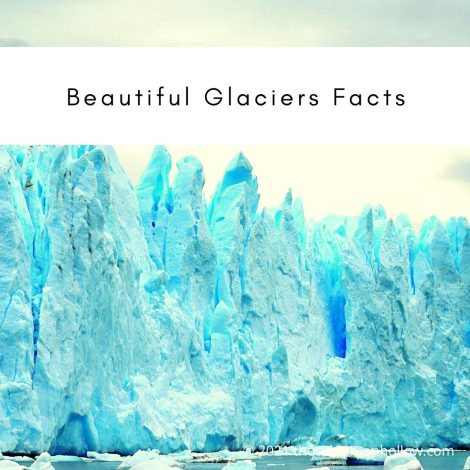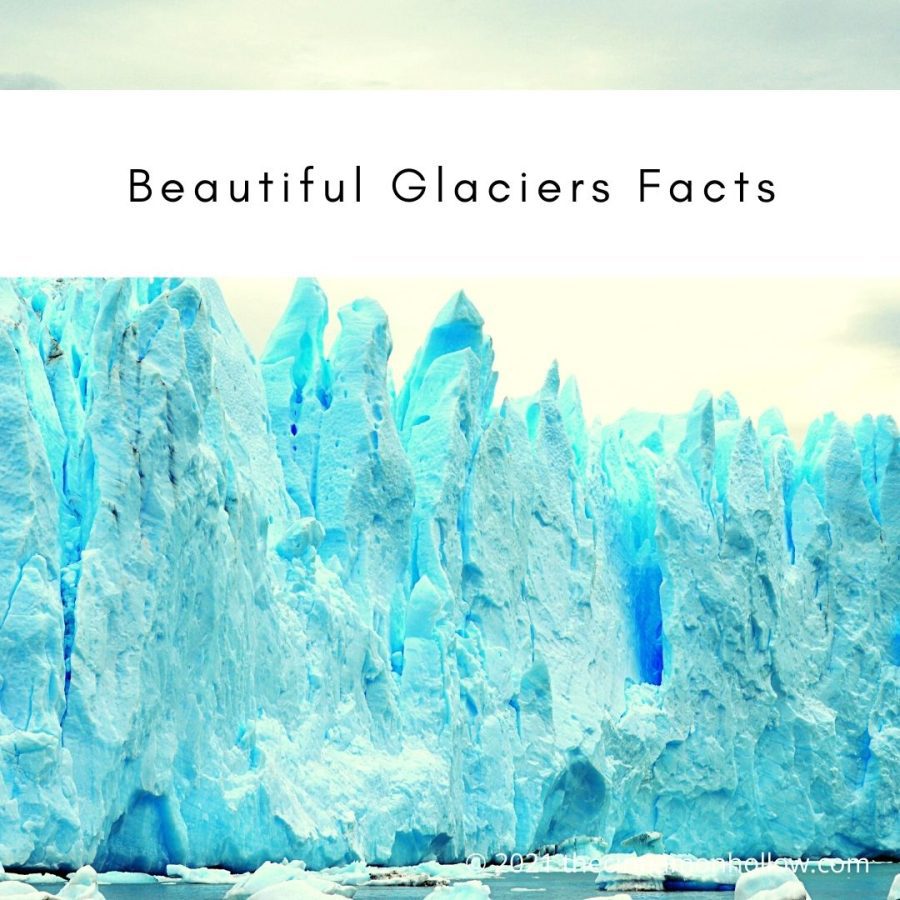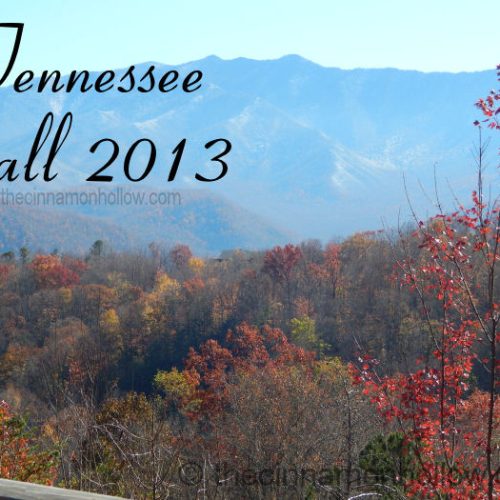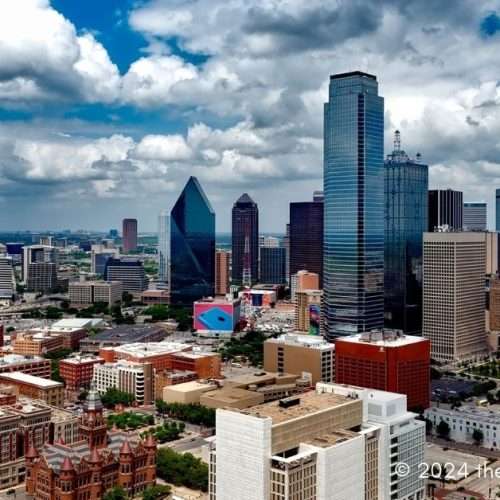Glaciers are more than big chunks of ice and snow. They are a natural formation that brings beauty and awe. They are also popular vacation destinations where one can fly over, canoe, dog sled, or snowmobile to view them. One such famous glacier site that resides in the U.S. is Mendenhall Glacier in Alaska. Glaciers can be rocky-looking, while others can look majestic and glow in a crystal blue color. Below are some more beautiful glacier facts.

- Glaciers can be found in 47 countries.
- They move! They flow like slow rivers. A glacier typically moves just over 50 feet per day.
- In Greenland, the Jakobshavn Glacier broke a world record by moving—by glacial standards, at least—150 feet per day in summer 2012.
- They are formed basically from snow and time. Since glaciers form where snow stays put each winter, fresh layers of snow arrive on top of the previous layer, beginning to crush the existing older layers, turning them into sugar-like grains. These granules get more prominent and denser with time, finally producing current glacial ice.
- Glaciers hold the world’s most significant freshwater reservoir. Thus, it is storing an estimated 75% of the world’s freshwater supply.
- They cover about 10% of the Earth’s surface, and they occupied around one-third of the Earth’s surface during the Ice Age.
- There are more than 100,000 said to be in Alaska. Many are still unnamed.
- The Antarctic Ice Sheet is actually a massive glacier that has been here an estimated 400 million years.
- The Bering Glacier in Alaska is the longest in North America, measuring 190 kilometers (118 miles) long.
- Lamber-Fisher Glacier in Antarctica (i.e., the Antarctic ice sheet) is the largest glacier in the world; it measures 400 kilometers (250 miles) long and 60 miles (100kil) wide.
- There are two main types. Alpine Glaciers and Continental Glaciers. Alpine glaciers are glaciers that flow down from the peaks of the Alps and slide across valleys. On the other hand, Continental glaciers are those enormous, horizontal stretches that are unaffected by the hills or mountains that they pass over. They are often smaller than their alpine counterparts.
- A glacier is a natural resource often used and directed to provide fresh drinking water and help irrigate crops in dry arid places. Scientists have also managed to channel glaciers into hydroelectric power from their melting waters.
- To be called a glacier, it must come in at least at .1 square kilometers (19 football fields.)
- Scientists in Ladakh, India, created man-made glaciers to help provide water for farmers and their crops during dry seasons.
As you can see, glaciers are more than a sightseeing sight or big chunks of ice. They are one of the Earth’s many natural resources and a treasure.
Find more travel articles in our archives.
Check out our Travel Adventure videos below!
Travel Lover | Pet Mama | Beauty Junkie | Low Glycemic – Healthy Fats – Low Carb – Keto Inspired Food Enthusiast | Cocktails | Printables
I am a stay-at-home- mom, living in KY with my husband and children. I’m a travel and lifestyle blogger encouraging folks to live their life one adventure at a time while also focusing on beauty, essential oils and health. From time to time I also like to showcase my adorable pets along with my family. Along with Cinnamon Hollow I can be found at The Martin Family Adventure … read more







